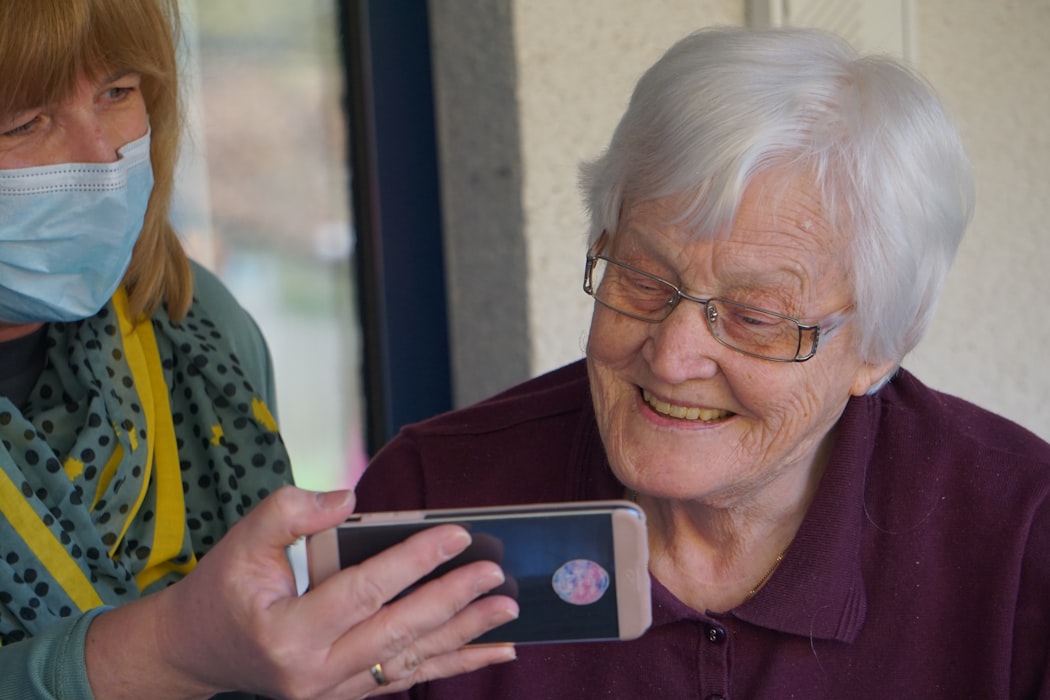The spectrum of medical therapies to treat the coronavirus disease (Covid-19) is increasingly growing as countries embark on a quest “to cure sometimes, to relieve often, and to comfort always”.
Palliative care is commonly misunderstood as only being relevant for people who are dying. But as Ruth Ting and three of her colleagues highlight in a report published by the BMJ, the relief of suffering that comes through therapy and other forms of palliative care “is an essential component of care for all patients with life threatening illness” such as Covid-19 which the World Health Organisation (WHO) declared on 12 March 2020 as a pandemic.
But the WHO notes tremendous reduction of more than 50% in inpatient visits for palliative care during and due to the Covid-19 which makes online therapy the most effective palliative care option.
In its report published last month, the United States’ Centre for Disease Control and Prevention (CDC) set up the pace for therapists, set up guideline path that therapists and other service providers including patients can use.
“Current clinical management of COVID-19 consists of infection prevention and control measures and supportive care, including supplemental oxygen and mechanical ventilatory support when indicated. FDA has approved one drug, remdesivir (Veklury), for the treatment of COVID-19 in certain situations.”
As the second wave continues to ravage countries such as Malawi that reported few cases last year, the CDC makes an emphasis for early detection and treatment.
“Early effective treatment of any disease can help avert progression to more serious illness, especially for patients at high risk of disease progression and severe illness, with the additional benefit of reducing the burden on healthcare systems. A number of novel therapeutics (e.g., monoclonal antibodies) are available under EUA for early outpatient treatment.
“Trials to assess the potential effectiveness of these therapeutics in outpatients at high risk of disease progression are ongoing. Clinicians and patients who wish to consider their use, or the use of any other available investigational therapies, should review the COVID-19 Treatment Guidelinesexternal icon as well as the FDA EUA for the therapy. Health system administrators should be aware that a number of these agents are intended for outpatient intravenous infusion and be prepared to provide such care in a location and manner in which patients with COVID-19 can be safely managed”, further reads the report.
Information gathered shows that most therapies are borrowing a leaf from cancer diagnosis and treatment programmes that integrate therapeutic measures.
On Cancer treatment, the WHO emphasized that “treatment programmes should ensure timely and equitable access to effective therapy for cancer types that present with advanced disease but have high potential for being cured, such as metastatic testicular cancer (seminoma) and acute lymphatic leukaemia in children. Likewise, effective treatment exists for certain types of advanced cancer, where the goals of treatment are to prolong survival considerably and maintain good quality of life”.
Last year, the WHO announced that it was in the process of developing a guidance document to address current needs for palliative and end-of-life care in the context of the COVID-19 pandemic.
“The WHO has a strong, longstanding commitment to advocating for wider access to palliative and end-of-life care across all Member States, which is underpinned by the responsibility of policymakers and medical professionals to uphold the ethical duty of nonabandonment (i.e. the duty to seek solutions to problems with patients throughout their illnesses). In 2014, the 67th World Health Assembly passed Resolution WHA 67-19 entitled “Strengthening of palliative care as a component of comprehensive care throughout the life course”.
This resolution mandated the WHO, in collaboration with partners and international experts, to provide countries with concrete guidance on palliative care programmes with the objective of promoting the integration of palliative care as a cross-cutting dimension within health services. One key aspect of this is integration of palliative care and symptom relief in humanitarian emergencies and other crises, including the ongoing global Coronavirus disease (COVID-19) pandemic.
Another is ensuring the equitable distribution of resources to provide access to palliative care to those individuals and populations most in need.
Ting and colleagues details a palliative care approach to the management of patients with severe covid-19 in hospital and community settings, focusing on the management of distressing symptoms, planning ahead, communicating with patients and their families, and grief and bereavement. They rightly argue that palliation of suffering is an important part of care irrespective of prognosis with close to 100 million cases Covid-19 confirmed globally as of today. The disease has now killed 2,141,228, according to data compiled by the Johns Hopkins University’s Coronavirus Resource Center (CRC).
Indeed, palliative care should be an integral of any country’s health system.















